Kathmandu is not just the capital of a country with the world’s highest peak as its backdrop. Today, it is the epicenter of an uprising that reminds us of a simple truth: no political system can survive if it is built on corruption, inequality, and privilege.
The spark was the government’s blackout of 26 digital platforms, framed as a measure for public order. But the real fuel had been everywhere for years: entrenched nepotism, chronic blackouts, wages too low to cover basic goods, and young people forced to migrate to Qatar or Malaysia for precarious jobs.
On the other side, a ruling class locked away in their palaces, driving luxury SUVs, sending their children to foreign universities, while ordinary citizens struggle with crumbling roads and murky water in rural villages.
Repression did not stop the youth: Kathmandu became the stage of violent clashes, with dozens killed or wounded and Prime Minister Oli forced to resign—not out of dignity, but because there were no doors left to hide behind.
The protest has shifted: it is no longer about TikTok or Instagram, but about dignity, fairness, and justice. It is the rejection of a hollow democracy, reduced to a cover for four families and an enriched elite.
In Nepal, Generation Z is not chasing hashtags: they are demanding a future.
The message from Kathmandu is universal: governments may shut down servers or airports, but they cannot shut down hunger or the thirst for justice. When a starving people look up at the villas on the hills, they are not thinking about the internet—they are thinking about how easily those villas could be turned to ashes.
The international community cannot turn away. This is not simply a matter of “domestic unrest”: it is a global warning about the fragility of governments that mistake resignation for consent.
Nepal’s uprising shows that the real climb is no longer Mount Everest—it is the climb toward the right to live with dignity.
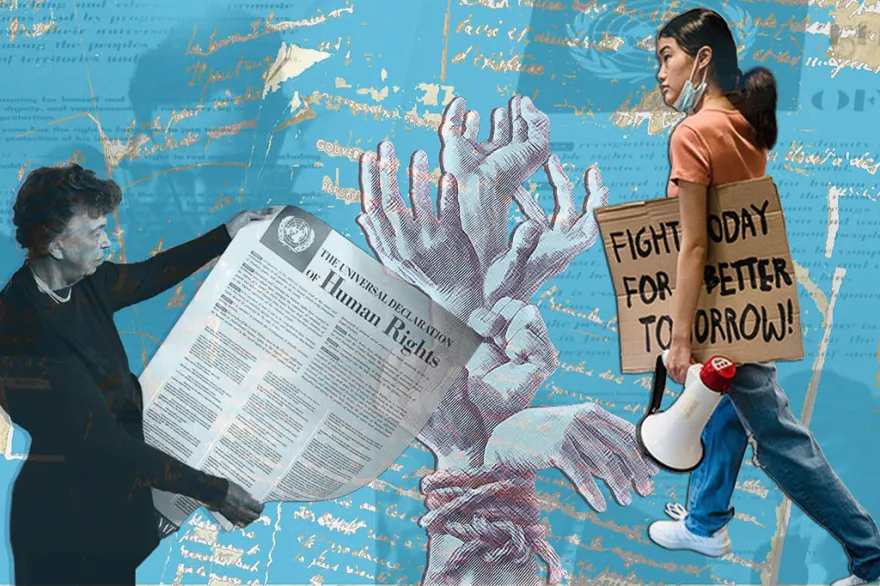
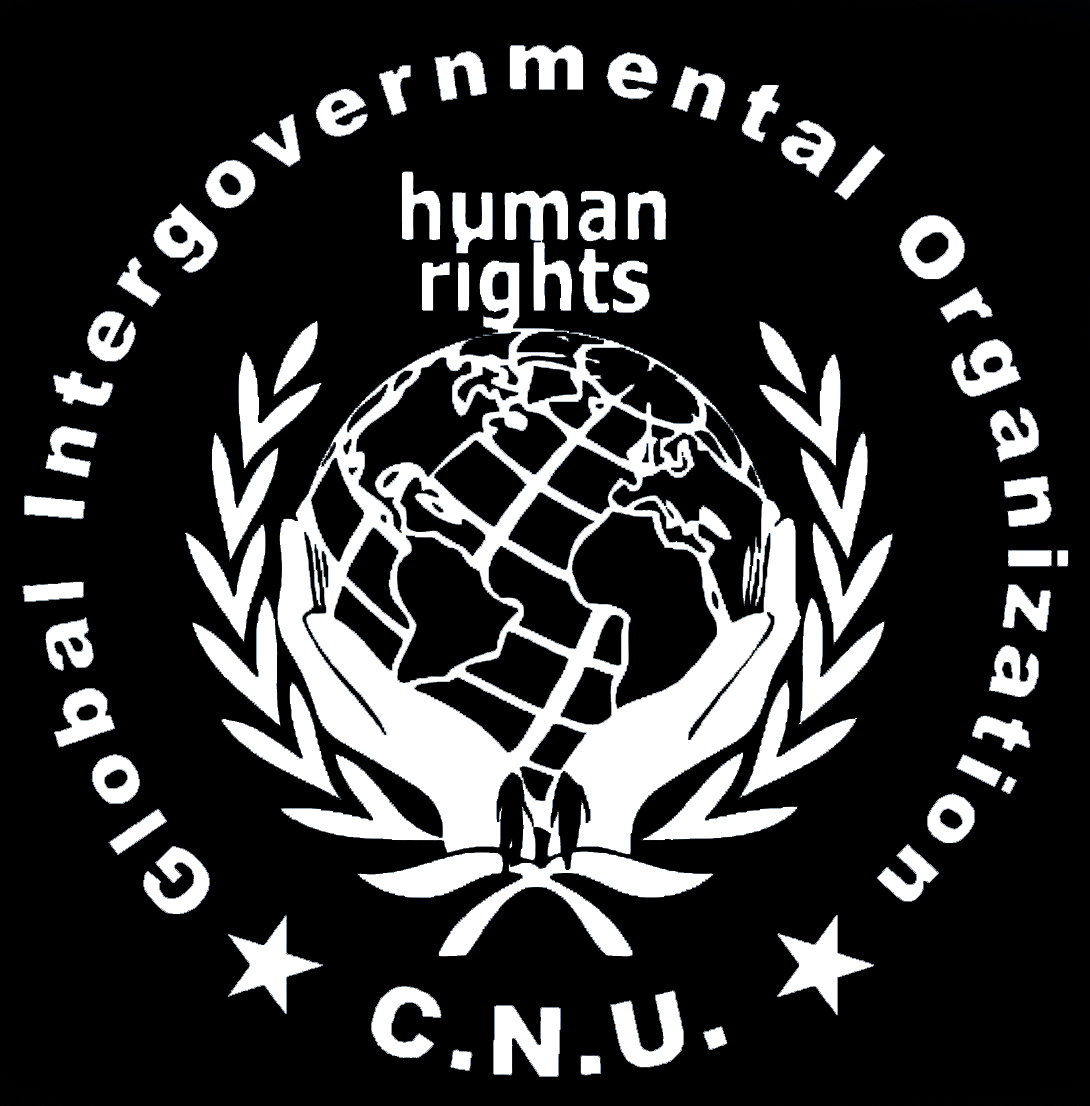
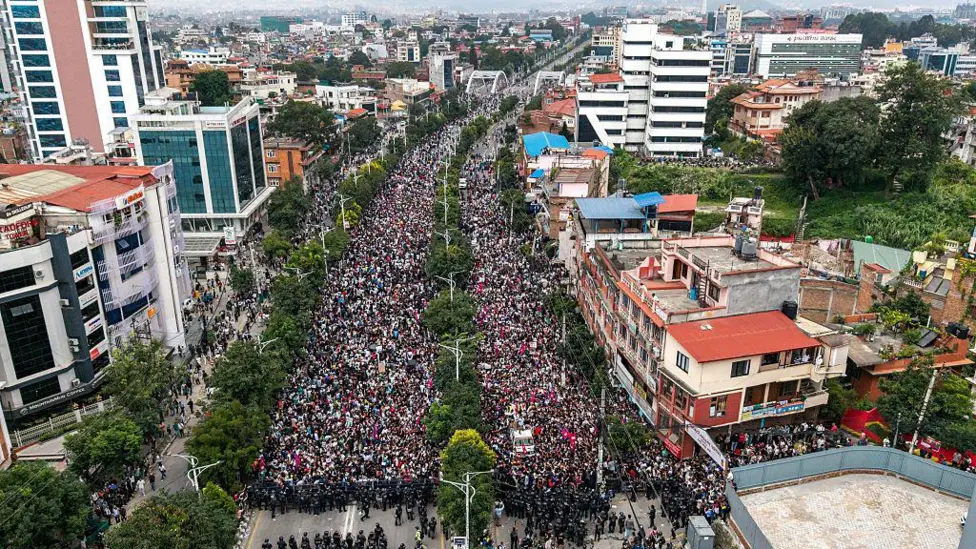
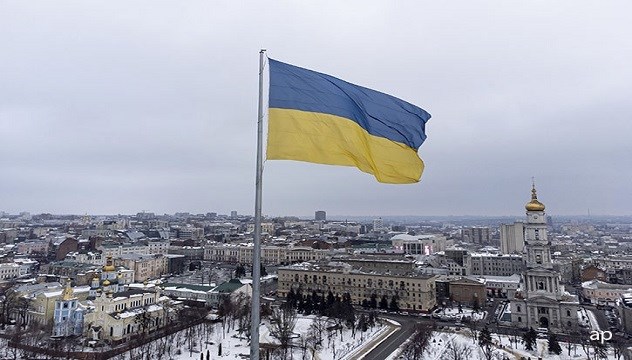
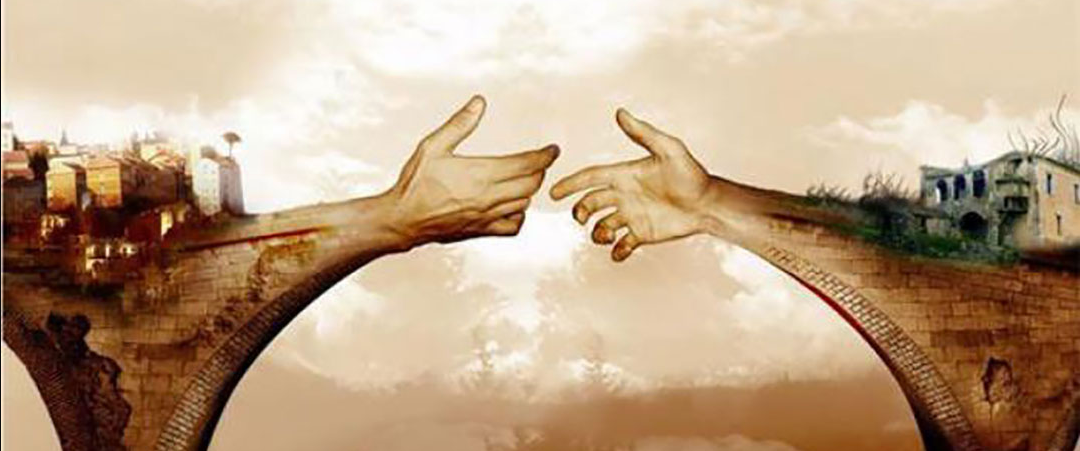
Lascia un commento
Devi essere connesso per inviare un commento.